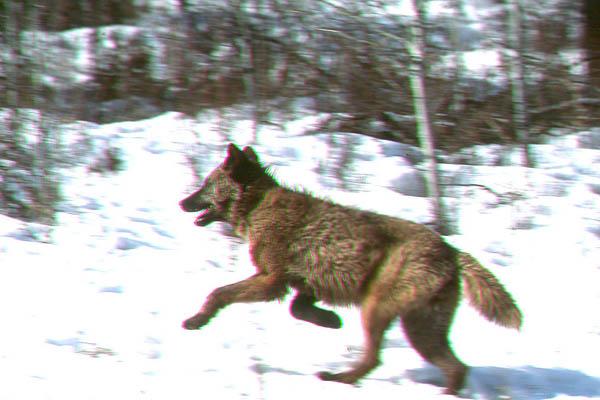California
-
The recent blaze that destroyed much of Altadena, California was an urban fire ignited by wind-driven embers. Photo by George Wuerthner A new report from Headwaters Economics concludes that 1,100 communities scattered across the country are vulnerable to urban wildfires, such as the recent Altadena and Pacific Palisades blazes in California. While the origins of…
-
Top Line: Like bankruptcy, the death of the Northwest Forest Plan has proceeded slowly and might end quickly. Figure 1. An old-growth forest of Douglas-fir and western redcedar. Source: Sandy Lonsdale (first appeared in Oregon Wild: Endangered Forest Wilderness). Note: I wrote the following without considering President Trump’s recent executive order pertaining to federal forestlands. I didn’t want the…
-
On January 7th, Santa Ana winds up to 100 mph whipped across the San Gabriel Mountains near Los Angeles. A blaze ignited in Eaton Canyon created a shower of embers that rained down on the community of Altadena that destroyed more than 9,000 structures and killed 17 people. The source of the blaze is still…
-
Congress is considering Fix Our Forests legislation. The legislation is a Trojan Horse that seeks to increase fuel reductions on public lands through logging and prescribed burns. However, large wildfires are ultimately not controlled by fuels. Fires need fuel to ignite, but they only spread when the climate/weather is conducive to ignition and the spread…
-
The fires in Los Angeles are still burning as I write this. The loss of property, the disruption and loss of lives, and the trauma these fires created are horrendous. Nevertheless, there are lessons we can learn to change fire policies to mitigate (not prevent) such tragedies in the future. Wildfires are a natural part…
-
Back in 2000, I wrote a piece for California Wild about the prospects for wolf restoration in the state. At that time, there had not been any wolves reported in the Golden State in decades. Nevertheless, I felt the state could easily support a wolf populaiton. In my article, I pretended that it was 2020…
-
I recently received a comment on my The Wildlife News article, Audubon Society Embraces Ranching. The commentator suggested if we don’t accept ranching, we will have subdivisions everywhere. I’ve written a lot about this. It is one of the oldest arguments from livestock proponents and most mainstream conservation groups like The Nature Conservancy and others…
-
Chaparral is one of the least appreciated natural communities in the West. Yet this shrubland assemblage occupies 9-10% of California’s land area and is one of the most abundant vegetative communities in the state. Wildfire is a significant feature of this community. High-severity fire is the dominant fire regime. However, there are substantial myths about…








